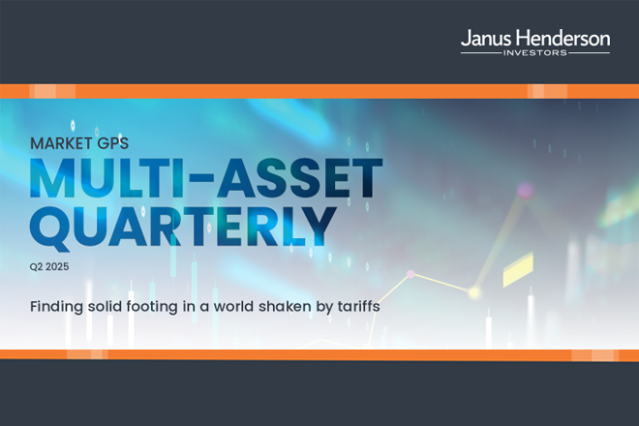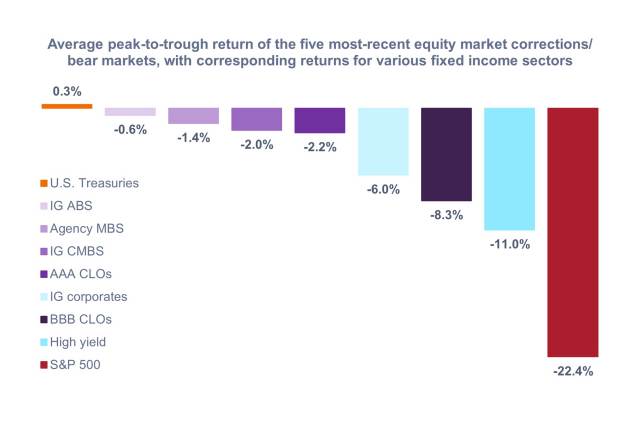Modern investors tend to underappreciate the power of diversification across assets, time, and direction, which ancient societies, perhaps ironically, understood.
Insights
Our latest thinking on the themes shaping today’s investment landscape. Explore timely updates, quarterly features and in-depth analysis straight from our experts.
Uncertainty about the outlook for AI spending and trade have made focusing on corporate fundamentals all the more important.
Questions that are top of mind for investors moving into the next phase of the AI wave.
Key considerations for property equities investors amid the current market turmoil.
What do current market dynamics mean for asset allocation? The Market GPS Multi-Asset Quarterly highlights key drivers and positioning.
Why we believe it’s prudent for investors to stay the course with their long-term objectives, even in volatile markets.
A discussion of the implications of additional US tariffs on Chinese exports and the measures to support its economy.
For investors who are relatively new to securitized fixed income, recent market volatility may have provided the first opportunity to witness how securitized sectors might respond when equity markets pull back.
Trump’s latest semiconductor restrictions are advancing the shift towards AI chip deglobalisation.
With Trump's tariffs reshaping global trade, our portfolio managers share insights on the longer-term implications for financial markets.
We consider what current yields have historically meant for investors.










